It’s all fun and games to little Hannah Lyle and her friend Nathanael Burke.
But for the students and academics watching them from behind a two-way mirror their play has an important function.
Located in the university, the nursery appears the same as any other. There is a reading corner, a water table, a construction area and a den. It’s open to families in the university and wider community.
Behind the mirrors in Psychology Kindergarten
But behind a mirrored wall is an observation suite. Along the corridor is a high-tech laboratory for examining behaviour, cognition and brain function.
Psychology Kindergarten children are subjects for study and research at Stirling University. It is the only nursery of its kind in Scotland.
Currently, data collected from nursery children is being used for research into the impact of the school starting age.
Children are also subjects for a project on human rational thought.
Experiments at Psychology Kindergarten are vital training for students and evidence for academic studies.
But they are simply play to children like Hannah and Nathanael.
Psychology games are ‘fun’ for children
Nursery manager Danielle Ramsay says: “It’s fun for them, it’s not anything difficult or tasking.
“We will ask them if they want to play a game with whichever student it is. Most of them will say yes because they enjoy playing the game.”
Parents choose whether or not their children will take part in experiments. Perhaps more importantly, children have the right to refuse.
“We let the children know when anybody is in here [behind the mirror],” says Danielle. “That goes for parents as well. They are always aware of what’s going on.
“If the student wants to play a game then the children have autonomy to say yes or no.”
Hannah is ‘really happy’ at Psychology Kindergarten
Research also benefits the nursery, which is one of the best-rated in Stirling. For example, students produced a heat map showing its most and least used areas.
The water table was the most popular activity while a bed was never used. So staff enhanced the former and replaced the latter with a den.
Hannah, 5, joined Psychology Kindergarten when her parents moved to Stirling two years ago. According to mum Claire she is “really happy” there.
She’s been involved in several experiments.
“It’s all play-based,” says Claire, “so they don’t realise they are going through an experiment.”
Claire is pleased to support education of the next generation of psychologists and research around child development.
“I love it. We like to be involved and able to help. It’s so beneficial for the students.”
How students benefit from real research subjects
Those students include Ellie Tucknott, who is studying for a masters degree.
Ellie says: “Working with the children in the Psychology Kindergarten has been a brilliant experience.
“It was actually one of the key reasons I chose to study at the University of Stirling five years ago – this unique opportunity isn’t something many universities offer.
“The children thrive in such a supportive and engaging environment, and they love taking part in the little games we use for our research.”
The family-friendly state-of-the-art lab
Ellie is a research assistant for the study on human rational thought, entitled Agency, Rationality and Epistemic Defeat (ARED).
This involved monitoring children’s eye movements using an eye-tracker in the nearby Lifespan Research Lab.
Children watched an animation in which they had to follow animals and their eye movement indicated where they thought the animals were hiding.
The lab looks like a family suite with sofas, colourful cushions and toys. But it’s fitted with sophisticated research equipment, including the eye-tracker.
Associate professor of psychology Dr Line Caes says: “We have high-level, state-of-the-art equipment that can measure feelings, behaviours and thought processes non-verbally.”
So this means it can be used for children with limited speech or who may struggle to describe their thoughts and feelings.
Cameras can monitor parent-child interaction
Dr Caes demonstrates equipment which measures the likes of heart rate and sweat levels to gauge stress and emotions.
EEG – electroencepholography – caps measure brain activity and children can wear them at play indoors and out.
A television screen shows Hannah do a puzzle with Danielle in an observation room fitted with cameras next door.
The set-up has previously been used to study parent and child interactions.
Dr Eva Rafetseder, also associate professor in psychology, says the nursery is a highly valuable teaching resource.
She says: “Our students need to learn how to do research with children. One way to do this is to give them the opportunity to study the children in our kindergarten.”
During what is known as structured observation, students will watch a particular child. They record data such as their movements, use of fine motor skills or whether they help others.
Dr Rafetseder says: “The students are trained first how to conduct the observation and then to do the data collection.
“We then merge the data so they can analyse it in whatever way they want. For example they could focus on gender differences.”
Unique nursery makes Stirling’s course popular
As Ellie attested, study of nursery children is an extremely popular element of Stirling University’s psychology course.
“Many students say this was the best element of the course so far,” says Dr Rafetseder. “They felt that for the first time they had actually done a real study.”
Dr Rafetseder also hopes her own studies involving nursery children will inform debate on the school starting age for children in Scotland.
Scotland’s school starting age debate
“Scotland is one of the only countries that has a school starting age of five,” she explains.
“In mainland Europe, children start at six or even seven.
“The Scottish Parliament has been discussing the question of whether we should raise the school starting age.
“We have data from over five years now, which I am currently analysing.”
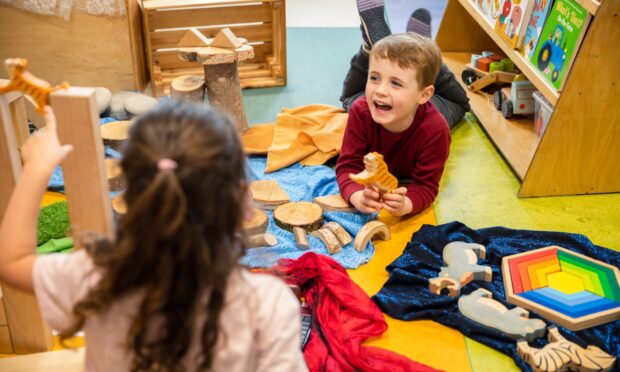

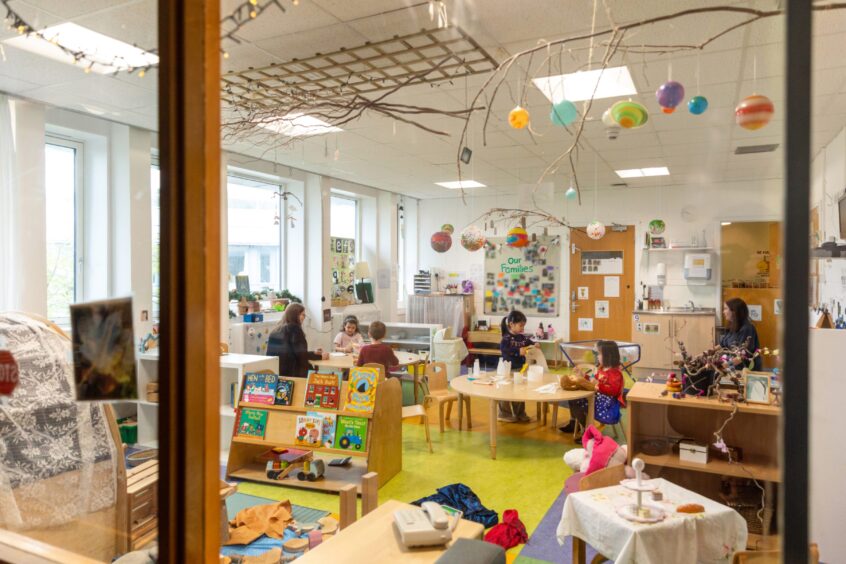

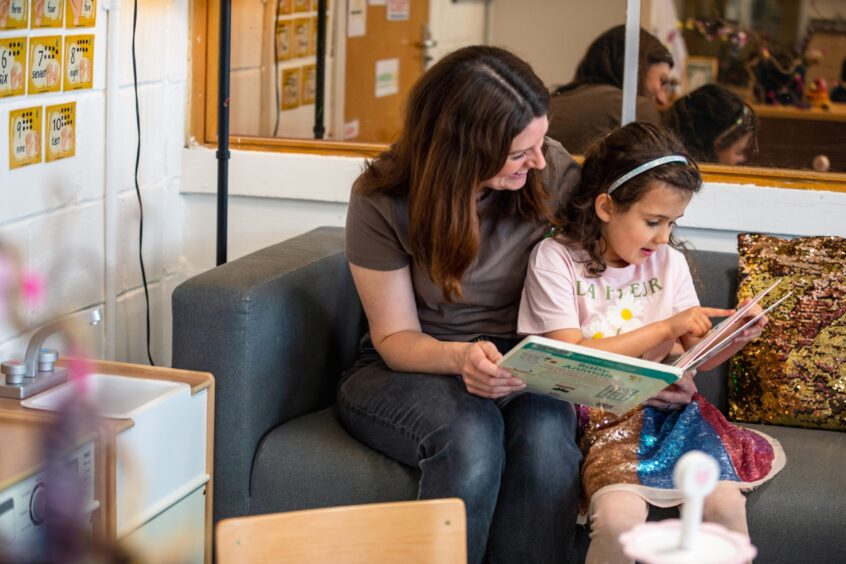
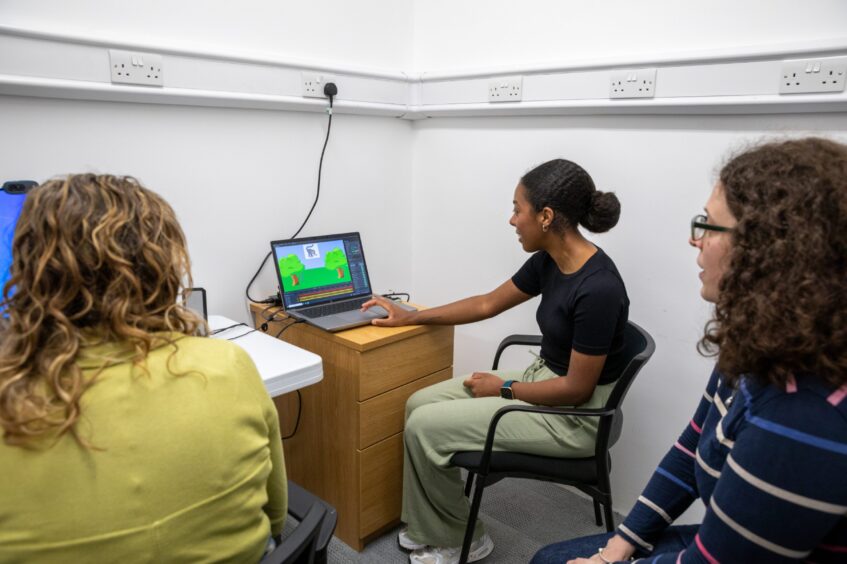
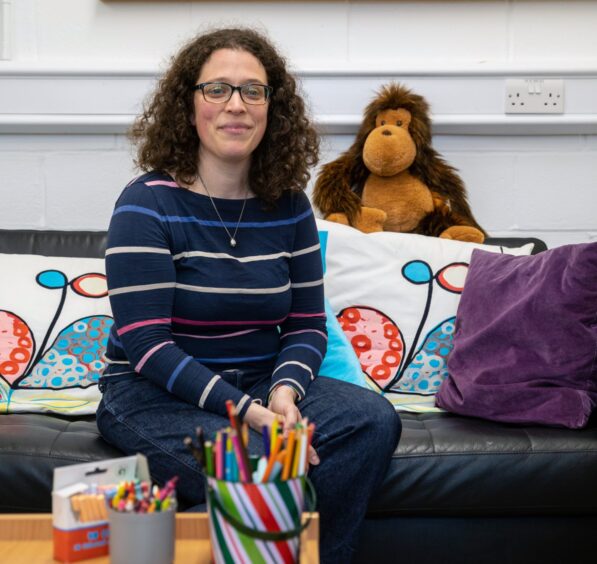
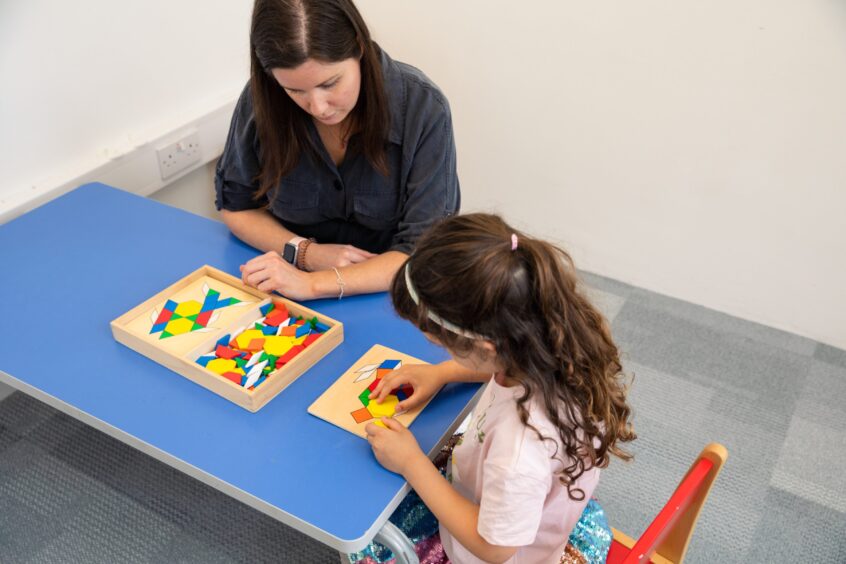
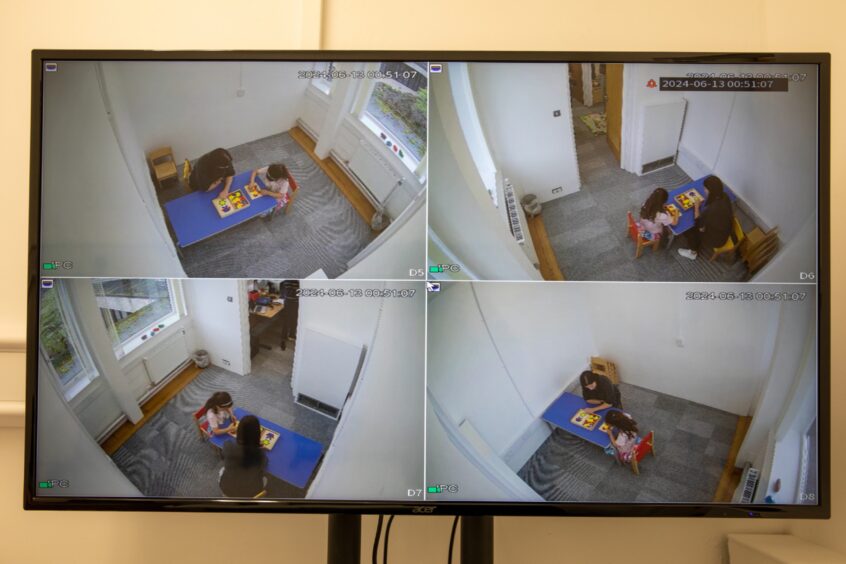
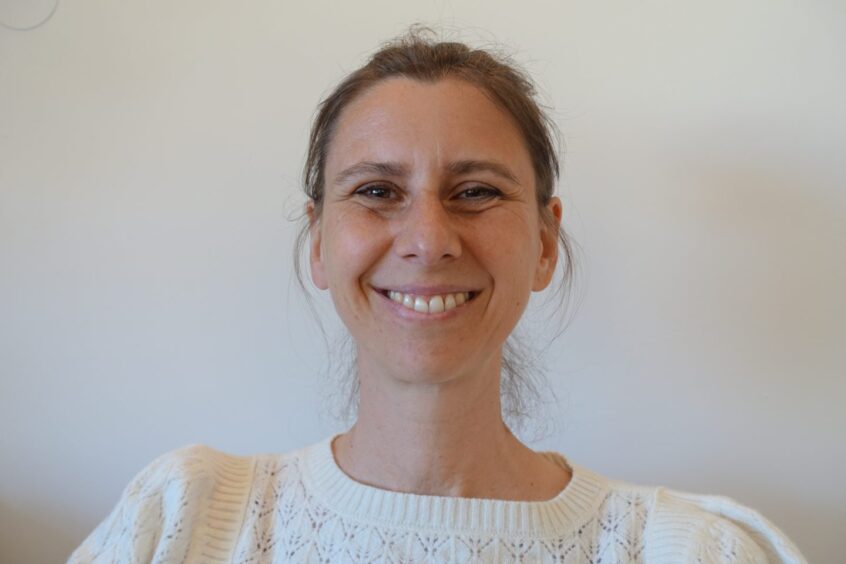

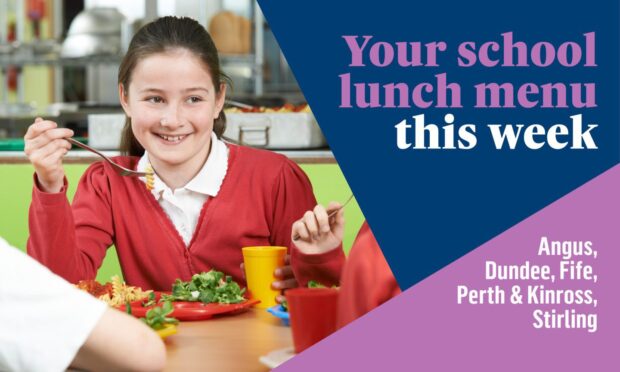
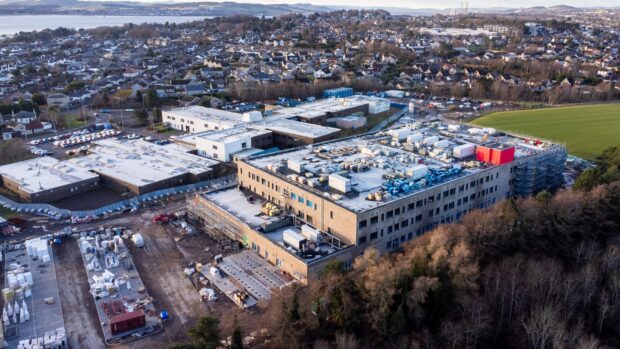
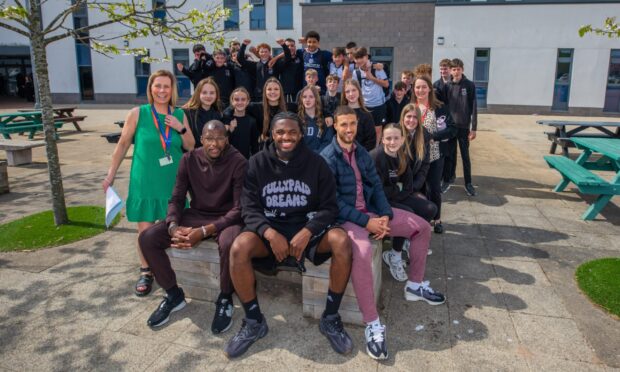
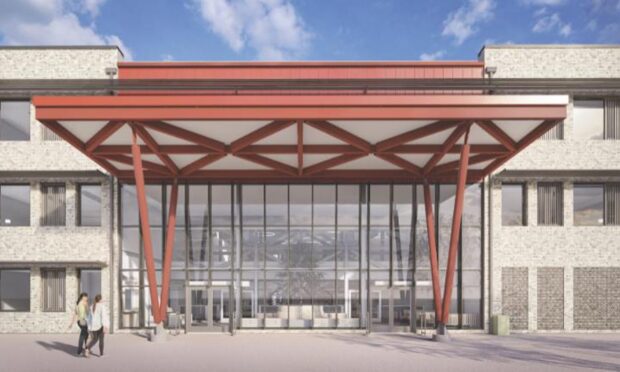

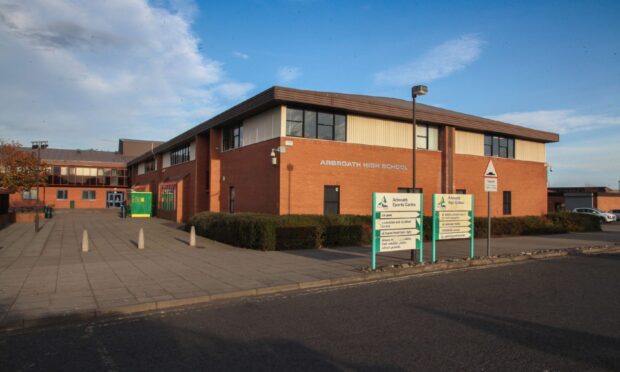
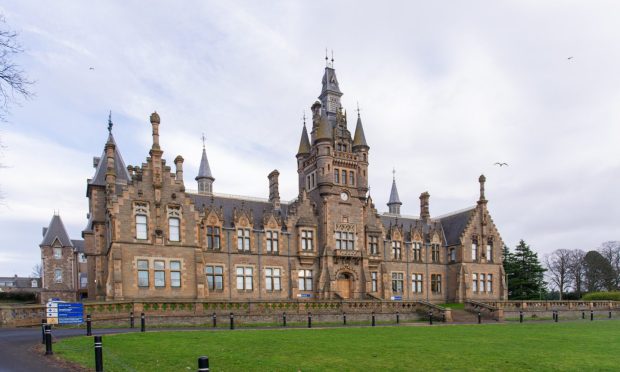
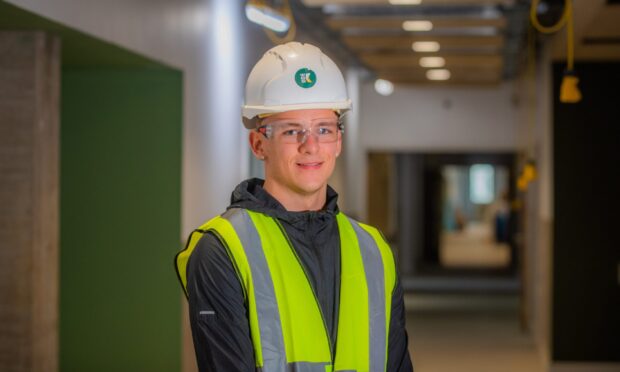
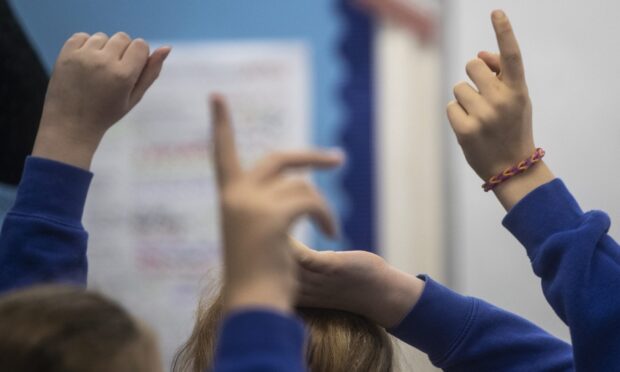
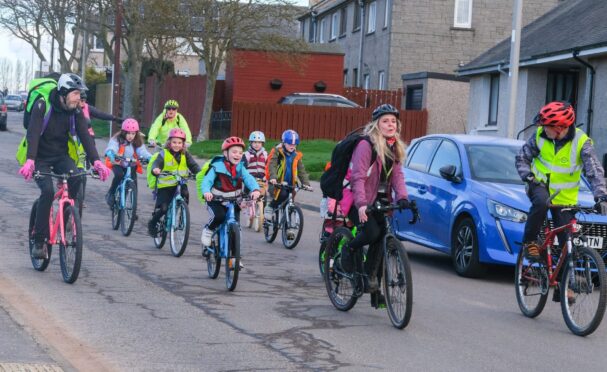
Conversation